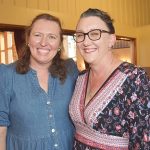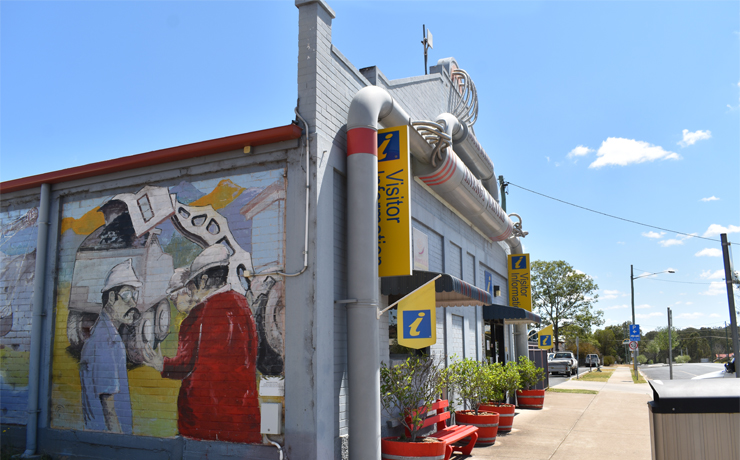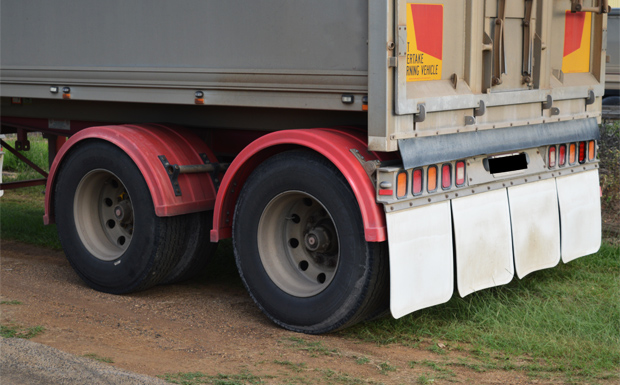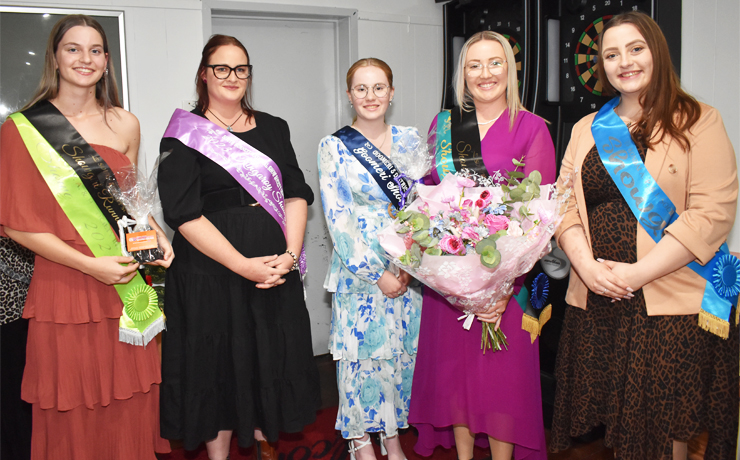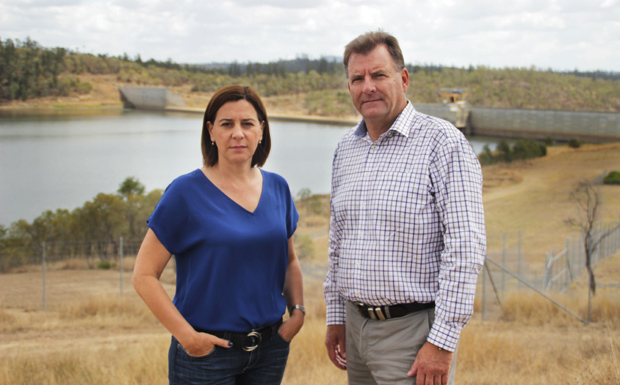
(Photo: Nanango Electorate Office)
October 1, 2019
The LNP is demanding a public parliamentary inquiry be held into the design and construction of the Paradise Dam near Biggenden.
Opposition Leader Deb Frecklington said Queensland taxpayers deserved to know if the dam had been properly designed and built and what could be done to remedy the situation.
“There are serious questions over Paradise Dam and Labor must provide the answers,” Ms Frecklington said.
“It is extraordinary that a modern dam cannot last more than 13 years.
“Farmers and businesses in Wide Bay have made major investments based on the water security that the dam provides, but that security has now been destroyed.”
The Opposition has drafted proposed Terms of Reference for any such inquiry, ie. That the State Development, Natural Resources and Agricultural Industry Development Committee consider:
- The design of the dam and whether it was appropriate;
- How the dam was constructed including under a competitive alliance contract, the impact of Walter Construction Group going into receivership halfway through and the use of roller compacted concrete;
- How the dam has been operated and the impact of a permanent reduction in the capacity of the dam on the regional economy and water security;
- Why the Palaszczuk Government has decided to lower the dam by five metres, releasing 100,000 ML of water in just 10 weeks; and
- Whether a claim could be made against those who built the dam or under SunWater’s insurance arrangements.
The LNP said hearings should be conducted in the Wide Bay area.
* * *
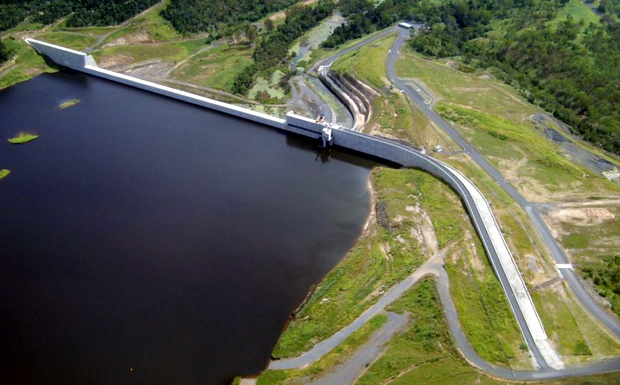
Paradise Dam has had a troubled history since the late 1990s when State politicians from all sides began talking about damming the Burnett River on the site of the old gold mining town of Paradise, south-west of Bundaberg.
The State Government-owned corporation, Burnett Water Pty Ltd (now part of SunWater), referred the project to the Federal Government for approval in 2001. This occurred in 2002, with some amendments the following year.
The project had strong support from cane growers but environmentalists were opposed, based on the fact the Burnett River is one of only two habitats in the world for Queensland lungfish.
A challenge to the approval was dismissed in the Federal Court.
The contract for construction was awarded in October 2003 by the State Government and work began on the $200 million project soon afterwards.
The main contractor was the Burnett Dam Alliance, a consortium consisting of the Walter Construction Group, Macmahon Holdings, Hydro Tasmania, the Snowy Mountains Engineering Company (SMEC) and the Wagner Group.
Work was completed in November 2005 and the dam was officially opened in December that year by then-Premier Peter Beattie.
Technically, it is a 52m high, roller compacted concrete (RCC), gravity dam with a 33,000sq km catchment area.
According to a State Government media release at the time, it was the largest roller compacted concrete dam built in Australia with more than 400,000 cubic metres of RCC concrete and 40,000 cubic metres of conventional concrete involved in the construction.
A large flood occurred during the 2010-11 wet season which caused some damage. However, a far larger flood occurred during January to March 2013 which caused significant damage, especially in the area near the base of the spillway which is designed to dissipate energy from the fast-flowing water.
An independent review of the dam’s safety was commissioned by the State Government after the 2013 Bundaberg floods and carried out by NSW Public Works.
This report (3.24Mb PDF) was released in August 2013.
It found that although damage from the 2011 floods had not been rectified, this had no significant effect on the damage which occurred in 2013.
However, it recommended a better understanding of safety risks at the dam and noted that should the dam fail, communities in the Burnett, Kolan, Isis and Biggenden areas would be at risk.
Extensive repair works were carried out at the dam in 2013, followed by another improvement program in 2016.
In the 2017 State Budget, another $36 million was allocated for strengthening the dam.
In 2018, SunWater discussed the future of the dam with representatives from the Bundaberg and North Burnett councils.
Options discussed included strengthening the dam wall at its current height – a cost of $600 million was mentioned in local media – or lowering it, which would be between $50-$150 million cheaper.
Last week, Natural Resources Minister Dr Anthony Lynham said the dam wall would be lowered and 105,000 megalitres released over 10 weeks.
- Related article: Paradise Dam ‘A Golden Opportunity’







